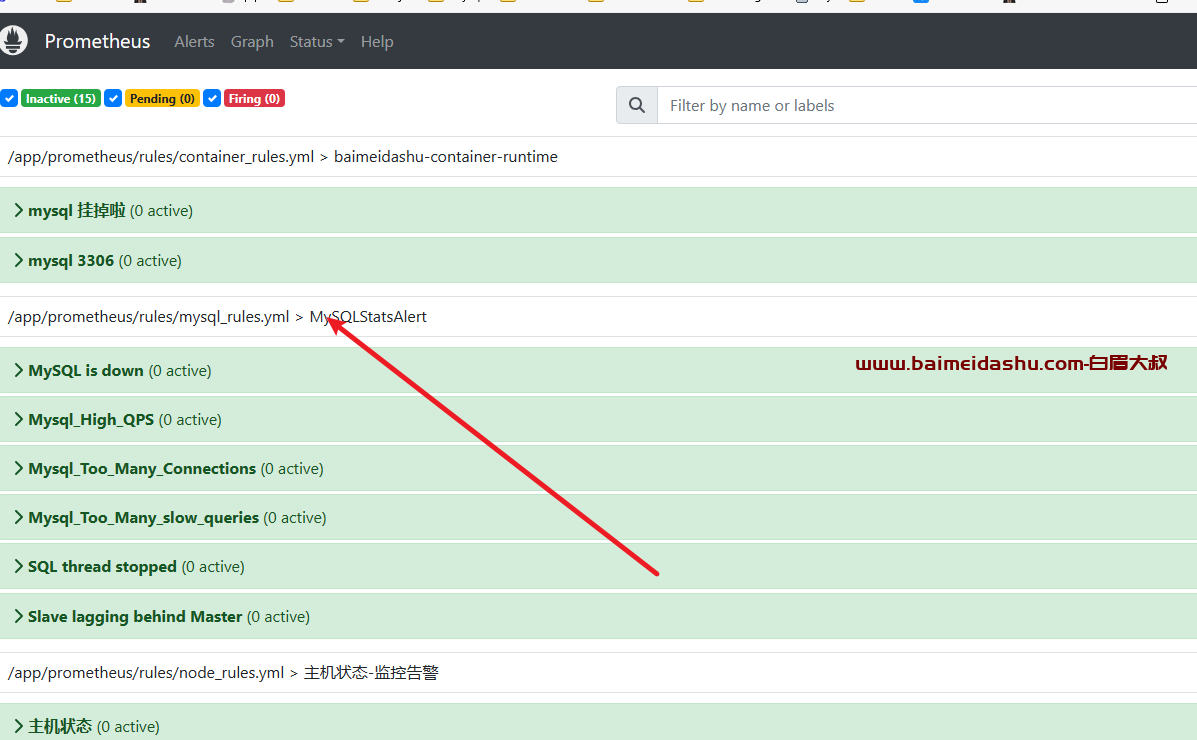为了实现Java的延迟执行,常用的方法包括使用Thread。.sleep()使用Timer类,或使用ScheduledExecutorService接口的方法。
使用Thread.sleep()方法 {#title-1}
Thread.sleep()方法是一种静态方法,用于暂停执行当前线程一段时间,将CPU交给其他线程。使用这种方法实现延迟执行非常简单,只需将延迟时间作为参数传入即可。
public class TestDelay {
public static void main(String[] args) {
System.out.println("Start: " + System.currentTimeMillis());
try {
Thread.sleep(5000); //延时5秒
} catch (InterruptedException e) {
e.printStackTrace();
}
System.out.println("End: " + System.currentTimeMillis());
}
}
注意,Thread.sleep()方法可以被其它线程中断,从而提前结束暂停。
使用Timer类。 {#title-2}
Timer类可以用来安排一次执行任务或重复固定执行。通常需要配合TimerTask类使用Timer来实现延迟执行。以下是一个简单的例子:
import java.util.Timer;
import java.util.TimerTask;
public class TimerTaskTest {
public static void main(String[] args) {
TimerTask task = new TimerTask() {
@Override
public void run() {
System.out.println("Task executed");
}
};
Timer timer = new Timer();
timer.schedule(task, 5000); // 在5秒内执行task
}
}
使用ScheduledExecutorService接口接口 {#title-3}
ScheduledExecutorService接口是ExecutorService的子接口,增加了对延迟执行或定期执行任务的支持。ScheduledExecutorService提供了错误处理、结果获取等更强大的功能。
import java.util.concurrent.Executors;
import java.util.concurrent.ScheduledExecutorService;
import java.util.concurrent.TimeUnit;
public class ScheduledExecutorServiceTest {
public static void main(String[] args) {
ScheduledExecutorService executor = Executors.newScheduledThreadPool(1);
executor.schedule(new Runnable() {
@Override
public void run() {
System.out.println("Task executed");
}
}, 5, TimeUnit.SECONDS); // 五秒钟后执行任务
executor.shutdown();
}
}
Java中的延迟执行操作可以通过以上三种方法轻松实现。
 51工具盒子
51工具盒子



